elves
Elves are a race of humanoids physiologically similar to humans, best known for the prominent pointy ears and long life spans.
Elves were the dominant race during the Second Unmaking but have been supplanted by humans in the Third Age. Despite their relative decline, elves are still more numerous and powerful than nearly every other Scarterran race apart from humans.
Basic Information
Anatomy
Elves are physiologically very similar to humans. Arguably, elves and humans are more similar to each other than any two races in Scarterra. Compared to humans, elves are a little bit taller and slender on average. Their facial features are often sharper (and according to elfs and elfophiles) more regal and dignified.
Many humans and other humanoids think elves are the most beautiful of all the mortal races in Scarterra though many other disagree with this assertion.
Their most noticeable difference between humans and elves is elves prominent pointed ears that are proportionally larger than humans and most other humanoid mortals.
Biological Traits
Elves tend to be a bit taller and slimmer than humans on average. The average adult male elf stands at 5’11” and the average elf female stands at 5’7”. They have a standard deviation of about 2.5 inches.
Average weight is about 10% less than humans. Elf men and women are a little bit closer to each other in average weight and musculature relative to human men and women.
Genetics and Reproduction
Elves reproduce in the same general manner that humans do.
Elves typically become fertile at seventy-five or eighty, but elves are generally discouraged from having children until they have seen at least a full century (though elves had children much younger during the Little Unmaking.
Under ideal situations, elf women remain fertile until they are 325 and elf men remain fertile until they are 425, but an elf of either sex who has Crown Time Drain will have impaired fertility much faster.
Elf pregnancies are over twice as long as humans though typically taking two years.
It is not impossible for elves to have "surprise" or "accident" babies, but they have a lot fewer of them than most other races. The elves are a little bit more retrained than humans and other younger races, but they are hardly a universally chaste people.
Some speculate that an elf woman (or even an elf man) becomes more fertile if and when they want to have children and become less fertile if they don't. Others speculate that elves just are less fertile in general than humans.
Growth Rate & Stages
Elf babies typically are in diapers for six or seven years. Puberty usually hit around forty or forty-five. Children usually physically mature into their full adult bodies by their early seventies, but they aren't considered to be mentally full adults in the eyes of elf society until age ninety. Even with how diverged the various elf cultures have become in the Third Age, this is one of the few things they universally agree on. Elves are legally adults at age 90.
Without Crown Time Drain, an elf usually starts showing noticeable signs of aging: wrinkles, color change, aching joints, etc around age 200 to 250. Typically, elves die of age around age 400 with lucky elves making it slightly past 500 years. An elf with Crown Time Drain will age at an accelerated rate, often not making it to their third century.
Ecology and Habitats
In a very literal sense, modern elves are more civilized than humans in the sense that they have proportionately fewer nomadic barbarians among them. A few nomadic barbarian tribes of elves roamed Scarterra during the Red Era but these small pockets have since been wiped out or assimilated into one of the major elven enclaves. Many were exterminated by either humans or their fellow elves on suspicion of being skopen
Dietary Needs and Habits
Elves have very similar digestion systems and caloric needs to humans and they can and do eat largely the same things. Elves maybe require about 10% fewer calories per day than humans of similar age and physical activity.
Difference in elf and human diets are generally driven by culture, not biology. For instance, most dark elves and grey elves generally dislike root vegetable and refuse to eat potatoes entirely whereas most wood elves are moderately fond of root vegetables and don't mind potatoes.
Biological Cycle
Elves are famous for their "fast time" and "slow time" and they are often very vocal about talking about how great this makes their race.
Elves often speak of what they call "Fast Time" and "Slow Time". "Slow Time" is considered an elf's normal, fairly relaxed state of being. "Fast Time" is what an elf enters when there are problems that have to be addressed right now, when there is a tight deadline or dire consequences. For an example, an elf on sentry duty is probably in Slow Time but if they see evidence of an approaching enemy army, he will move to "Fast Time" when he has to warn his superiors of the approaching threat.
From an elven perspective, humans and many other younger races such as tengku and kalazotz live their whole lives in "Fast Time". Other races such as Dwarves and gnomes can access "Slow Time" but not as well as elves.
An elf that is chronically stuck in "Fast Time" will suffer ill health effects, a condition known as Crown Time Drain.
Behaviour
Elves display great variance in behavior, outlook, personality, and morality similar to humans.
That said, stereotypes have a kernal of truth in them, and elves are said to be more stoic, aloof and arrogant relative to other races.
Additional Information
Geographic Origin and Distribution
In the Third Age, most elves live or at least hail from the land of Codenya, the land of Kahdisteria, and the Elven Empire territory.
In the Second Age, elves lived in every corner of Scarterra proving they can survive anywhere that humans can. In ancient and modern times, elves often demonstrate a preference for living in warm areas and avoiding cold areas with the taiga elves acting as the exception that proves the rule.
Perception and Sensory Capabilities
Elves have moderately better senses than humans, especially hearing and sight.
Their senses are better enough to humans to be noticeable, but not so great that elves are never surprised or outdone by humans in this regard. While elves have better overall senses, humans often have a better mental state of focus.
A lot of an elf's sensory acuity is based on their state of mind, not their physically better eyes and ears. An elf in "Slow Time" is generally more aware of her general surroundings than an elf in "Fast Time" who is probably putting all her scrutiny on one narrow thing.
Civilization and Culture
Naming Traditions
When coming up with Elven names, I usually use this external website to name elf characters in Scarterra.
Wood elves, dark elves, and grey elves largely use the same sorts of names, at least personal names. Sea elves use different names but at the time of this writing, I don't have a single named sea elf character yet. They will probably mimic Scaraquan names which are usually from this link with a dash of mangled Latin mixed in.
Much like with most Scarterran humans, most Scarterran elves who are not highborn do not have a family surname.
Scarterran elves of all three of the major groups often have an informal surname for their profession or their place of birth such as "Saria the Lantern" or "Saria of the Red Chestnut Forest"
Major Organizations
In the Second Age, there were dozens or perhaps even hundreds of different elf nations and tribes. Nationalism and ethnocentrism was a huge driver of wars and conflicts during the Second Age.
The Second Unmaking and the aftermath of the Second Unmaking caused many of these nations and tribes to be exterminated to the last man, woman, and child. Other ethnicities disappeared as their history and culture was gradually lost and forgotten during the mass exiles during the Unmaking.
During the Second Unmaking, nationalism declined and elves were generally willing and eager to band together with almost any elf survivor so a lot of the varied elf ethnicities disappeared as disparate elf survivors banded together and bred together.
During the Red Era, conflict between surviving elf tribes and the newly emerging humans drove still more tribes into extinction or forced them to assimilate into larger surviving elven nations or to intermarry with human tribes where their elfin traits gradually disappeared.
In the current Feudal Era of Scarterra's Third Age, almost all modern elves are descended from one of four groups. The dark elves of Kahdisteria, the grey elves of the Elven Empire, the wood elves of Codenya, and the much less numerous sea elves of Nerymer.
Courtship Ideals
Courtship ideals vary widely from elf culture to elf culture.
In general, grey elves have a rigid uncompromising view of marriage and monogamy, and take a dim view of bastard children and adultry.
By contrast sea elves have a fairly lax view of the importance of monogamy and aren't too worked about the specifics of family lineage.
Wood elves and dark elves fall in between the two extremes.
Average Technological Level
Arguably humans now slightly ahead of elves in metalwork and alchemy and elves remain slightly ahead of humans in seamanship skills and overall literacy.
Human farmers routinely keep a wider variety of domesticated plants and animals than elf farmers but elf farmers know more ins and outs about the crops they do grow. As a consequence, Elf farmers tend to have higher crop yields on average, but human farmers tend to weather through famines better.
Major Language Groups and Dialects
Elves who are raised by elves always learn the Elven language as their mother tongue.
Elves of different cultures normally have very little problem understanding foreign elves though the accents of different cultures are very noticeable and difficult to hide.
It is relatively common for highborn humans to learn Elven as a second language and it is hardly unheard of for human commoners to learn Elven. If a human or anyone else learns the Elven language, it is usually trivially easy for an elf to figure out if that human was taught by a wood elf, dark elf, or grey elf.
There are a few Second Age genesis races, such as goblins, now speak some dialect of the Elven as their native tongue. Usually these dialects are quite divergent from the Elven language spoken by actual elves.
The sea elves are somewhat of an exception having been culturally isolated from the other elves for far longer than the other elf subcultures, so there language has evolved down a different path.
Also, they have a lot of Mermish words into their vernacular via cultural osmosis with their Scaraquan allies.
Common Etiquette Rules
Elf etiquette varies from culture to culture and individual to individual.
Relative to the other races, one commonality is that elves are often biased towards formality with those they do not know very well.
Culture and Cultural Heritage
Religious practices vary widely depending on which nation the elf hails from and elves are often individuals first and members of their nation second, so there are many who buck their cultural norms.
The wood elves usually worship Zarthus and Korus primarily. They have a polytheistic bent and rarely try to exclude any deity altogether.
The sea elves are the proverbial red-headed step children of Scarterra's elves, or more accurately the blue-headed step children.
The sea elves worship the Scaraquan versions of the Nine. They worship the three Seeyirah primarily but do not actively shun the other Scaraquan deities.
History
After the First Unmaking, the Nine sat down together and hashed out creating a new mortal race to be the dominant race on Scarterra. After much debate and compromise, they settled on elves believing a weaker smaller race would be easier to manage than dragons.
Much as with the First Age dragons, other mortal races were created, some to aid the elves and some to hinder them. Like the dragons before them, the elves fought with each other as resources and land became scarce. They also quarreled with the surviving dragons and various other races.
Eventually a foolhardy elven king sought to become a god by crafting a weapon out of a piece of Turoch's corpse as the Nine had done ages ago.
Millions of elves were slain by demons, many had their very souls consumed. The Void Demons turned a large portion of their victims into undead and the undead claimed millions more victims. Those who survived the onslaught struggled to find food and shelter as homes and farms had to be abandoned.
When the Second Unmaking was over, there were tiny scattered pockets of survivors but only four large populations of elves remain in the Third Age and each of these groups ancestors survived the Unmaking with a different strategy.
Some elves survived the Unmaking by making alliances with forest spirits and Fey creatures. These elves’ descendants are known as "wood elves" today and retain their ancient alliances with the other forest dwelling mortals. The wood elves call their nation Codenya.
Some elves survived the Unmaking by pledging their lives and souls to Greymoria to obtain her magical protection. These elves’ descendants are known as "dark elves" today. The dark elves call their nation Kahdisteria.
Some elves survived by taking refuge on the island of Lunatus, the most geographically removed and well-fortified location against The Void Demon hordes. These elves’ descendants are known as "grey elves" today. The grey elves call their widespread nation the Elven Empire.
Some elves survived by making alliances with Merfolk and other Scaraquan mortals. These elves’ descendants became known as sea elves . The sea elves call their tiny nation Nerymer.
The elves entered the Second Age destined to become the dominant race over all Scarterra. With the blessing of the Nine and their spirit minions, the ancient elves multiplied and spread to every land mass on Scarterra. They built massive farms and impressive cities. The ancient elves had dozens if not hundreds of separate nations and cultures too diverse to catalog.
He ventured into the Void and emerged with a piece of Turoch’s essence though the king died before he could figure out to use his foolishly stolen prize. His act damaged The Barrier to the Void and allowed Void demons to spill into the Mortal Plane in unprecedented numbers, sparking the Second Unmaking.
Historical Figures
Given the long history of the elves, the number of the great figures is too many to count. Many legends of great Second Age myths survive into the Third Age but a lot of details are lost.
For example, the legendary heroine Lensa Vaxidor was credited with destroying the Demon Lord known as "The Harbinger" but historians cannot agree on if she was a mage, general, or priestess.
She is claimed as a direct ancestor and spiritual forebear by the wood elves, dark elves, and grey elves.
Interspecies Relations and Assumptions
At the dawn of the Third Age, the surviving elves generally had superior technology and magic to the newly emerging humans.
After the elves licked their collective wounds from the Second Unmaking, many elves chose to expand their territory and influence. Some of them opted to force humans to be their subjects or even their slaves.
For centuries, humans lived in awe and fear of elves. At their peak in the Red Era, elves controlled roughly half of Scarterra's land mass, either directly or indirectly.
Eventually, humans assimilated enough wisdom, craftmanship and magic to become the technological equals of elves. It also helped that the three dominant elf cultures began to war on each other and seeing elves die in numbers convinced the humans that elves were not invincible.
Because they bred faster, once they had technological parity, they were able to push back the elf nations down to their current borders via strength of numbers. While this happened intermittently over a long period of time and wide area, sometimes these conflicts were lumped under the broad label "The Elven Wars."
For centuries after the Elven Wars, there was bad blood between humans and elves but over time this enmity has softened...mostly.
 Elves and dwarves have many cultural differences but they have never had any large scale military conflicts, at least not in the Third Age. They have managed to maintain an awkward largely due the fact that both races generally have almost zero interest in settling the preferred lands of the other race.
Tengku, satyrs, and gnomes existed as minority groups within most elf nations of the Second Age, usually tolerated if not always welcomed. While most tenkgu, satyrs, and gnomes live in human lands now, most elven lands have significant minorities of these groups living in their borders today.
Elves can make infertile but physically healthy half-breed offspring with gnomes. Elf-gnome hybrids are fairly rare but are hardly unheard of.
Elves and dwarves have many cultural differences but they have never had any large scale military conflicts, at least not in the Third Age. They have managed to maintain an awkward largely due the fact that both races generally have almost zero interest in settling the preferred lands of the other race.
Tengku, satyrs, and gnomes existed as minority groups within most elf nations of the Second Age, usually tolerated if not always welcomed. While most tenkgu, satyrs, and gnomes live in human lands now, most elven lands have significant minorities of these groups living in their borders today.
Elves can make infertile but physically healthy half-breed offspring with gnomes. Elf-gnome hybrids are fairly rare but are hardly unheard of.
The nation of Codenya tries and usually succeeds with a "Good Fences make good neighbors" foreign policy. They regularly send out individuals and small groups to foreign lands for Rumspringas but generally refrain from interfering with outsider politics with large groups of roaming wood elf warriors or traders.
The Elven Empire has a mercantile empire based primarily on peaceful maritime trade with human nations. The Elven Empire has always been a conglomeration, but recently elves no longer make up the majority of the Empire (though they retain a plurality). The current Elven Empress has passed progressive new laws giving her non-elven citizens more rights than before.

Kahdisterian Greymoria Symbol by Me using Nightcafe
In East Colassia, the humans of the Colassian Confederacy and the nation of Kahdisteria are still bitter enemies, but they are currently operating under a fragile truce.
Recently, Kahdisteria has attempted to open cordial trading overatures with human nations outside of East Colassia but the dark elves have very little success in this intiative.
Elves can create fertile half-breeds with humans and dragons though half-elf/half-dragons are very rare and half-human half-elves are fairly common, actually outnumbering many other mortal races on Scarterra. The Republic of Apseldia is a small nations run entirely by half-elf/half humans and a whole cultural identity based on their mixed heritage.
Genetic Descendants
Lifespan
400 years
Average Height
5'11" male, 5'7" female
Geographic Distribution
Related Organizations
Related Ethnicities
Related Myths
Related Technologies
Related Materials

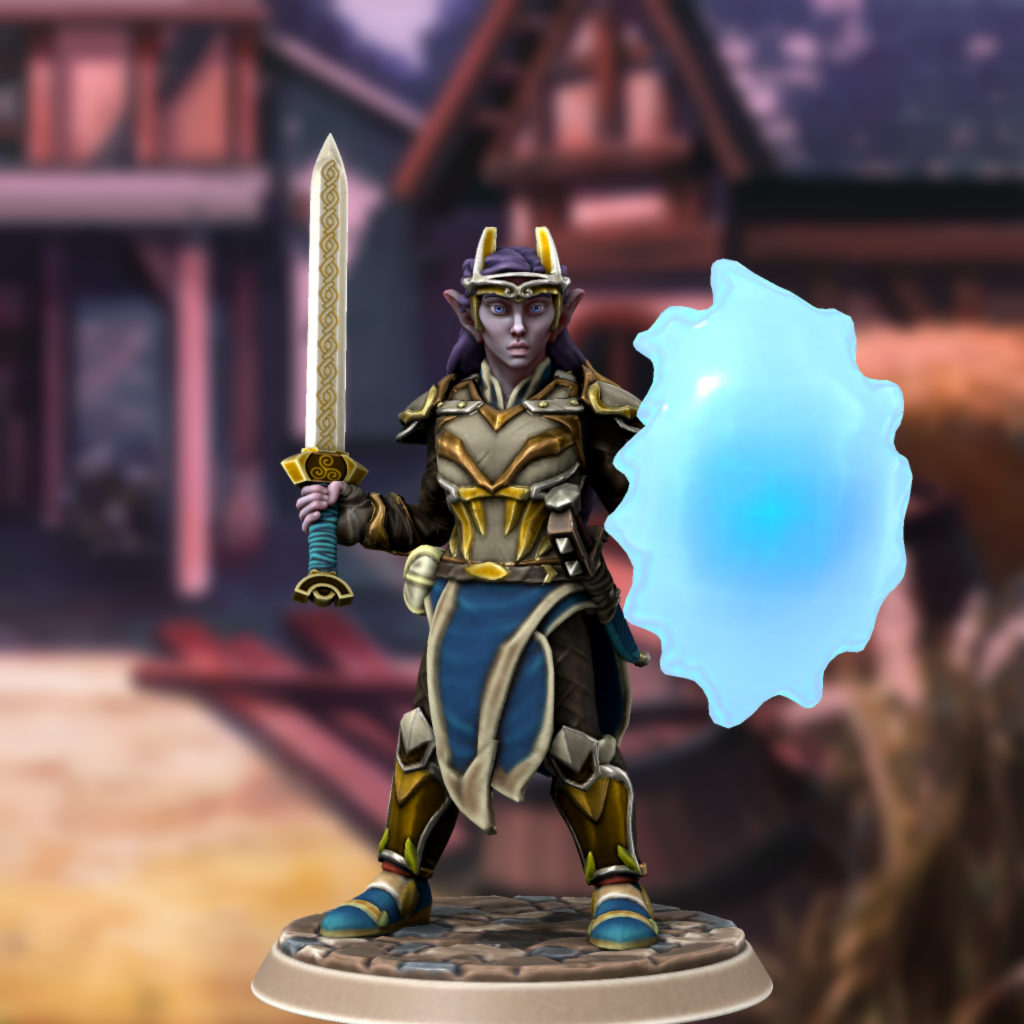

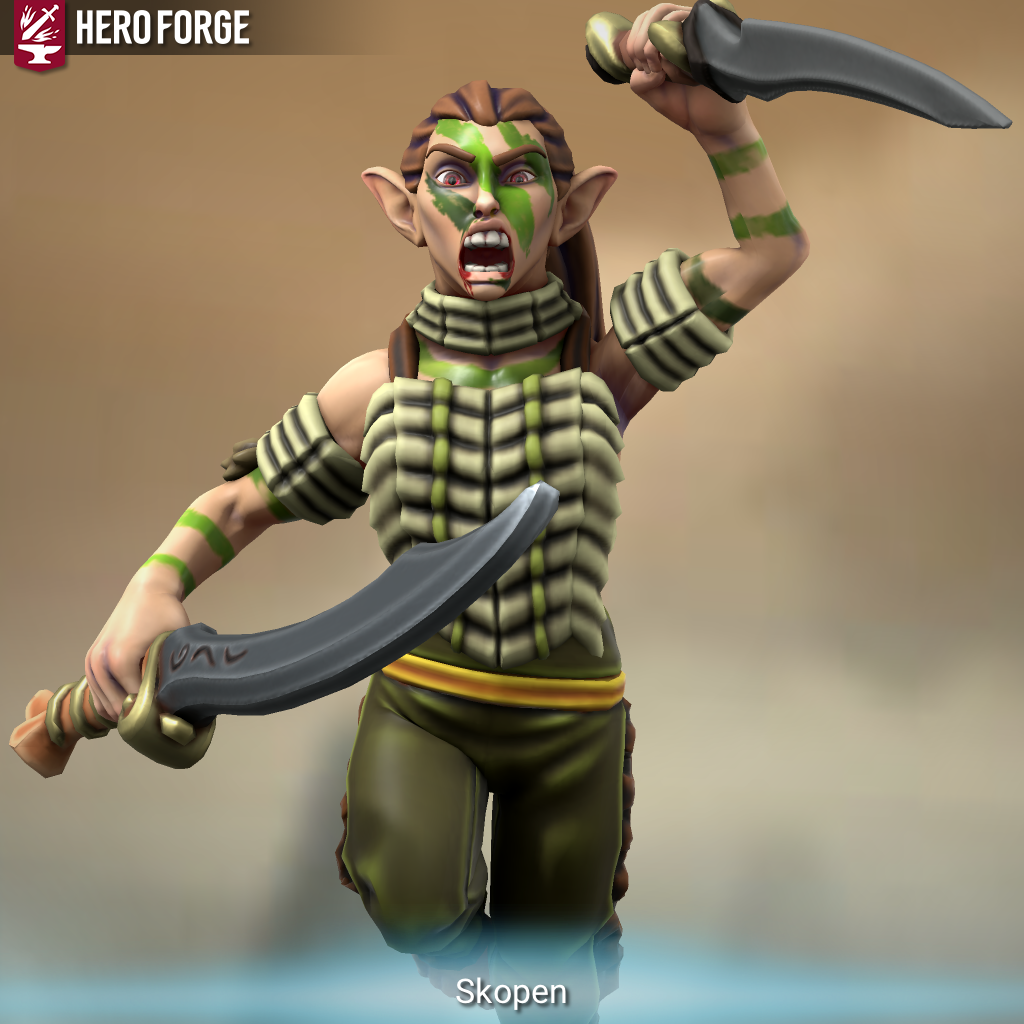



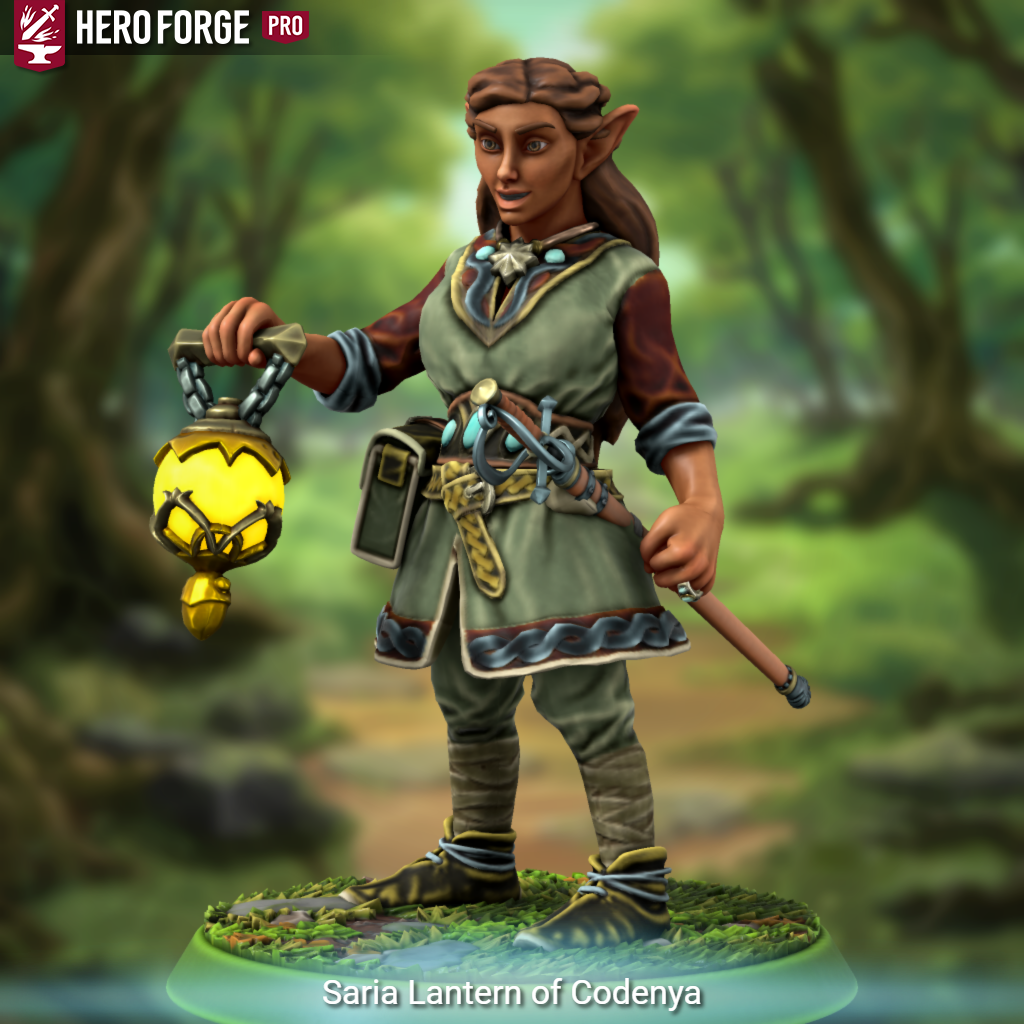

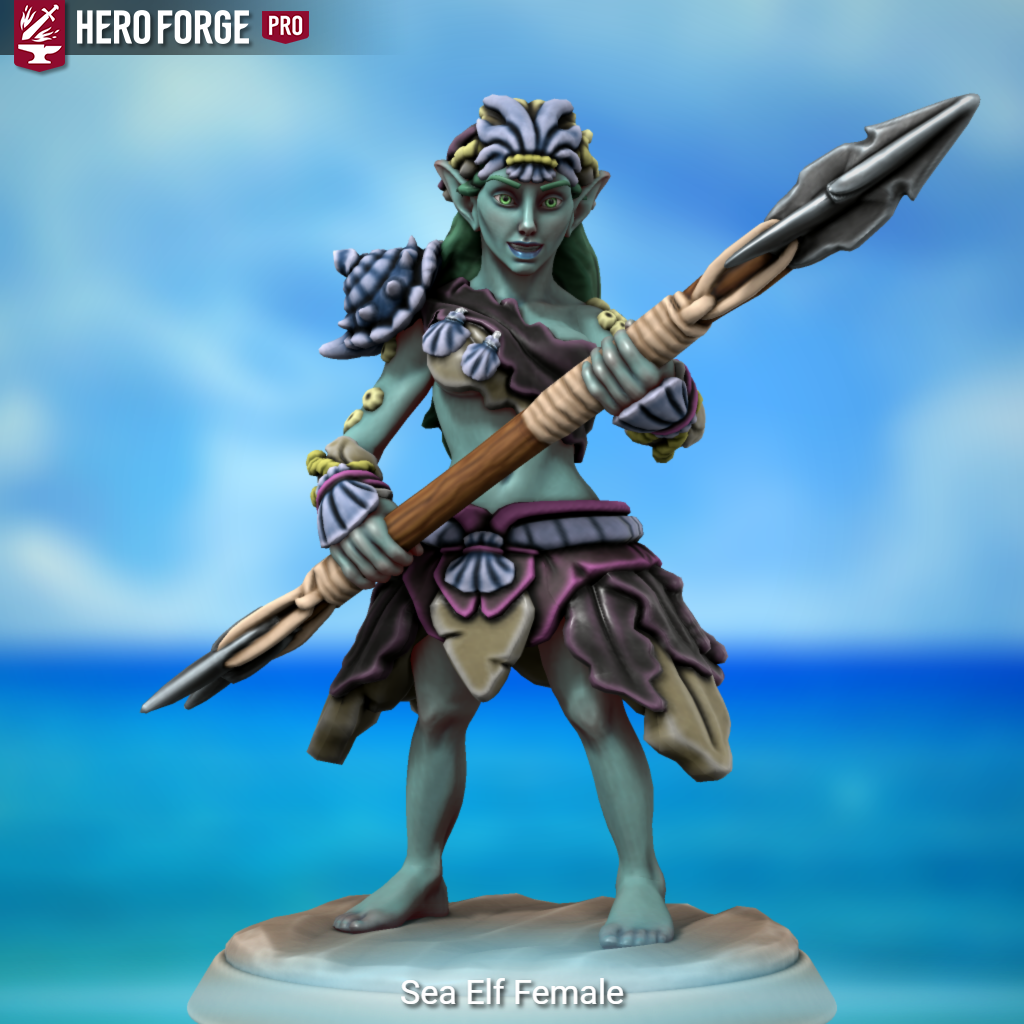
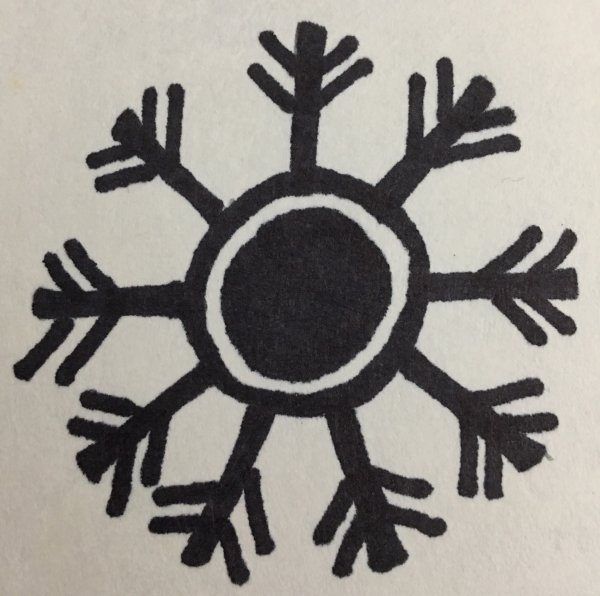






Comments